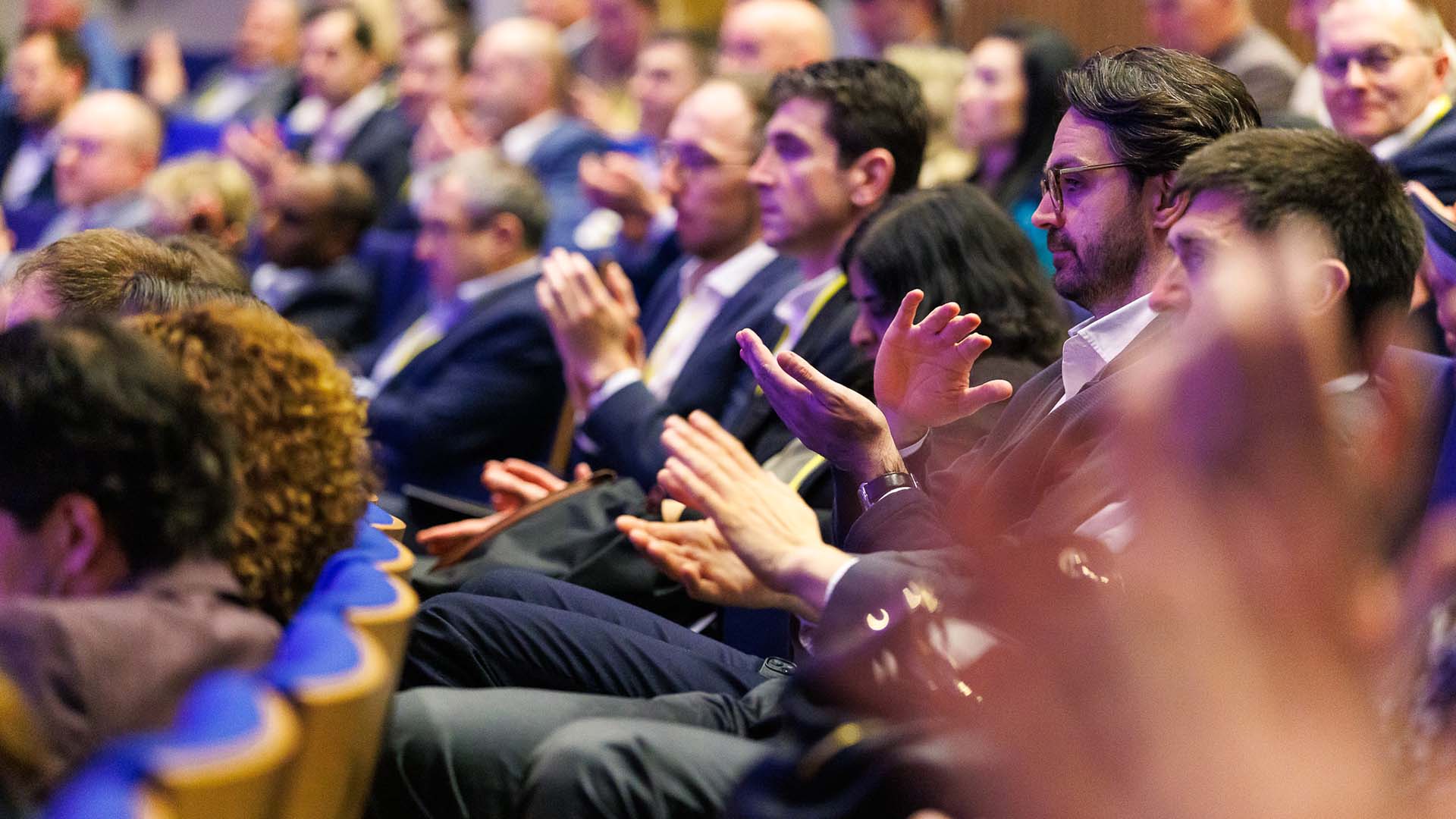
Throughout my long career in finance, and indeed now as a chief executive, the one big issue I’ve seen in others, as well as experienced myself, has been the ability (or inability) to prioritise effectively. Never mind frequently-changing goalposts; even in a stable environment, we humans are not always efficient, and we are often quite poor at getting our priorities addressed in the order of most to least important.
Let me ask you a few questions:
I hope your answers have already given you some hints as to why prioritisation does not come so easily, and you’re now feeling like you want to do something to improve your own efficiency and efficacy.
In this article I’d like to explore a few concepts I have been developing and testing – taking them from the wisdom of others in places, and adding my own experience and thinking, bringing together my coaching experiences with my work in finance over the years, and creating a framework which I have been discovering really helps.
First, let’s look at ‘time versus energy’. When we are planning our day, or week, or month, if indeed we do even plan, we often simply look at time and allocate activities to it, maybe via our calendar. Sounds reasonable.
However, what this does not necessarily do, unless we have been very thoughtful, is allocate the key tasks to the best times in which to do them. What I mean by that is that planning to complete a key project on a Friday afternoon (assuming that is our last working day of the week) may result in a sub-standard output, as we might be tired and low on energy at that point. It can be more subtle than this however: some of us have more energy in the morning, some have more at night. And then there is the influence of others, and activities themselves, on us. Remember that person who just drains you of energy in a meeting? Or that task that really takes everything out of you? And conversely, what about those people who build up your energy levels, and those activities that really get you energised?
I recommend that you monitor yourself over the next month on two levels: 1) identify the energy-givers and the energy-drainers, and 2) identify the times of day and week where you have the lowest and highest energy, normally. Once you have some answers you can:
There’s another factor to think about in relation to time as well: we humans basically never allow ourselves sufficient time to complete tasks; we always under-estimate. So, if we put 90 minutes in the diary to complete a particular report, for instance, we most likely won’t finish it and will then be disappointed. But if we allocate 90 minutes to ‘working on the report’, with time elsewhere to complete it, then at the end of the 90 minutes we will have achieved our objective and we will feel good about that. By thinking in this way, we have already turned a negative into a positive, and that in itself will increase our energy and motivation.
The trick is to stop at that point rather than keeping going. And I use 90 minutes in my example as that is apparently the maximum time we can and should concentrate on something, before we start to tire and slow down, becoming less effective and productive. We should be taking breaks on a regular basis, and switching our mind to other things to ‘refresh’ it.
Time plays a part again when we think of how to set out our priorities. If we start by thinking, ‘what shall we do today?’, and then ‘what shall we do next week?’, then we won’t be thinking as strategically as if we ask ourselves, ‘what are my priorities for the next quarter, then the next month, then the next week, then today?’. By starting further into the future and working back to the present day, we can set priorities much more clearly and strategically. I have tested this with my team, and the different in outcomes between those who start further out in time and work back, and those who start from now and work forward, is startling.
A physical reminder of our priorities is also important, to give us an ‘anchor’, if you like. I have in my home office now a discreet whiteboard on the wall where I write my work and personal priorities for the quarter, then month then week, within an easy glance from my desk, so I can check in to see if I am following my own advice. You might use Post-its on your computer screen, or a screensaver, or something different, but it’s important to have it within sight. It’s also important to try to restrict the priorities to no more than three. By definition, a huge number of tasks cannot all be top priority. I have found myself doing a piece of work and feeling a bit irritable, then checking on my whiteboard and seeing it is indeed a priority, and that made me feel good about what I was doing, even if it wasn’t my favourite task. Conversely, I have looked up and seen that I have neglected a priority for a little while, and it has set me back on the right track again.
So, priorities are now defined – and you will need to refresh each week –and are visible, times of high and low energy are noted, and you know how to maintain a good energy level through people and activities.
Next, it’s arranging the calendar accordingly and being firm and structured about it. You need to remember to block out time for breaks, but also for attending to emails, for example. This is really important. I find I am far more efficient if I switch off all interruptions. There are so many notifications of emails and messages on various apps that it can be hard to concentrate on anything, I have found in the past. That way, I can focus my time ‘allocations’ on what I have set out to do. And if I have a slot for reading and responding to emails, I can whizz through them at great speed. When I had notifications on, I’d be tempted to look into my emails, see other things and start to deal with them, becoming more and more sluggish as time went on, then come out of my emails and later remember I hadn’t done the thing I had set out to do originally. Sound familiar? And additionally, I would experience resentment that I was being in effect ‘controlled’ by what everyone else wanted of me, rather than being able to define and act on my own priorities.
This is a framework I have found works, as I have proven through experience that I can fit so much more into the same hours and days, simply by following it. It’s quite remarkable, as it sometimes didn’t seem possible that I’d be able to get everything done, and still have a reasonable amount of down time outside of work. I hope it will be of help to you too.
By Caroline Stockmann, Chief Executive, ACT and Deputy Chair, EACT

The CEE 2025 Treasury Forum, held in Cluj-Napoca, Romania, from 15 to 17 May, gathered financial leaders from across the central and eastern European region to explore the evolving role of treasurers in today’s complex economic environment.
Read
Founded by treasury practitioners, Baltrea is driven by a vision to foster excellence, encourage collaboration, and promote innovation within the treasury community.
Read
The 2025 annual EACT Summit, held in Brussels in April, served as a timely reminder that treasurers across the community possess an increasingly welcome voice in the face of adversity.
Read.png)
The survey aims to identify challenges corporate treasurers of MNCs are facing and the technological innovations they intend to implement. It also aims to recognize evolutions over time and after crises.
Read
The fourth edition of the publication, describes basic requirements and provides guidance on establishing and developing the treasury function.
Read